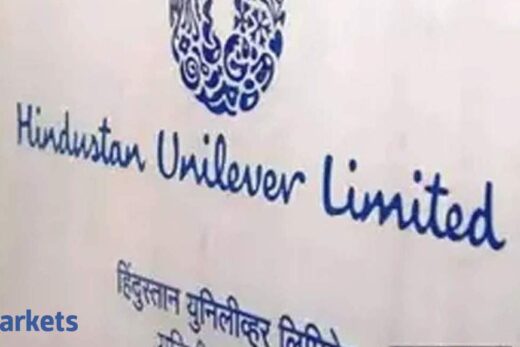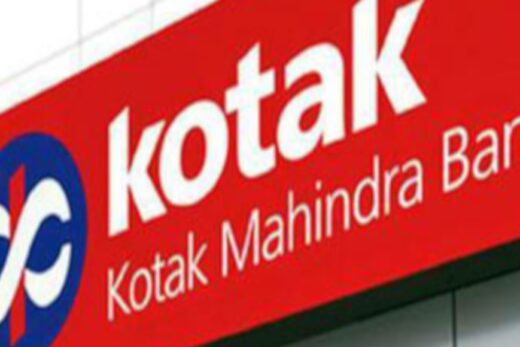Thaler found this illogical. If the joy of having these wines was worth more than $100 (since the bid was turned down), then why the hesitation in buying the wines at $100? Why is one willing to neither buy wine at a higher price nor sell it at the same higher price.
Thaler explored it further along with Daniel Kahnemann and Jack Knetsch in an experiment involving university students. They got mugs with the university insignia printed on them and got a market organised to trade them. They got a group of students together and distributed the mugs randomly to half of them. The students were allowed to trade the mugs for money. However, hardly any trades occurred. To understand why, the students who didn’t have the mugs (buyers) were asked what price they would like to pay to get a mug. The average prices they were willing to pay was $2.75. When the sellers (who had the mugs) were asked what price they would accept to give up their mugs, they demanded over double the price at $5.75.
In several rounds of these experiments, researchers found similar results. Most of the people quote two different prices for the same object; one, that they are willing to pay to acquire it in case they don’t have it and the other, a much higher price that they demand to give it up once it is in their possession. Richard Thaler coined the term ‘Endowment Effect’ for this behavioural bias.
ENDOWMENT EFFECT IN INVESTING
A lot is written in the investing world about the ills of high trading frequency or churn in the portfolio. However, the other side of the equation also has some downside. This is called inertia or status quo bias caused by the Endowment Effect. In investing, people prefer to stick to what they currently own or inherit or are endowed with. They value it much higher than market prices of their investments. This certainly does help in long-term investing. It brings to our minds, images of stocks that have created wealth for shareholders over the decades. However, there are also nightmares of losses suffered by investors who were not willing to act when it was in their interest to do so.
Readers of my notes know that I don’t support trading or churning portfolios at short intervals. In fact, I advocate having a good buy and sell discipline as discussed in my previous notes here. But resistance to change when the situation warrants it is harmful, specially, if the resistance is caused by a strong anchoring bias on our current position.
Once an investor has allocated capital in the portfolio to an asset or a security and suppose then she is immediately met with an argument against that position, the Endowment Effect will cause resistance to act on that development. Loss aversion is an important cause of Endowment Effect, where an investor doesn’t want to exit a position which is lower than the purchase price. Even in investments where the investor is making a profit, the reference point for mental accounting may have changed to the 52-week high price or the all-time high price or valuation. Selling below that level may not be acceptable to the investor.
THE IKEA EFFECT
Working hard (or being committed) on something (to someone) also gives us the feeling of ownership (you get it!). Researchers Dan Ariely and Mike Norton call it the Ikea Effect! Ikea, as you all know, is a Swedish retailer which sells many furniture items that require assembly. Ariely and Norton found that consumers assign higher value to products that they assembled on their own than their readymade alternatives. The same is true when an investor or an analyst puts a lot of work in working on an asset or security valuation.
I often run an experiment to ask industry analysts to have a look at my portfolio holdings and give their views by bucketing the stocks into four categories: a. Buy (to be added now) b. Buy at a certain lower price c. Sell (to be sold immediately) d. Sell at a certain higher price. The findings always lead to interesting discussions.
While ‘Buy’ and ‘Sell’ are committed and announced recommendations and are most likely going the analyst way, the two other categories show Endowment Effect. Category B is usually the company that analysts like, but they had missed recommending or owning earlier. They hence don’t want to pay the current price and want to give a lower price (the same as mugs). Category D generally has stocks that the analysts have recommended or owned but have not performed well. They want to sell them, but they still feel the ownership effect and want a higher price than the market is giving.
INHERITING A PORTFOLIO
Imagine two scenarios:
- You have been given a portfolio of 30 securities worth Rs 10 million and you are supposed to manage it as you think correct to generate a certain return
- You have been given cash of Rs 10 million and you are supposed to make a portfolio of securities and manage to generate a certain return.
Typically, one has an easier time in Scenario 2. One can make a model portfolio and deploy the funds. In Scenario 1, it is difficult to completely change the entire portfolio to a model portfolio without evaluating the current holdings. As you work on it, the Endowment Effect seeps in.
How does one manage this bias? Try to evaluate every position or decision taken from a fresh perspective. If you were deploying funds today, how would you do it? Would you have the same securities? The idea is not to continuously change your stance, but to be conscious of the biases that can creep in.



